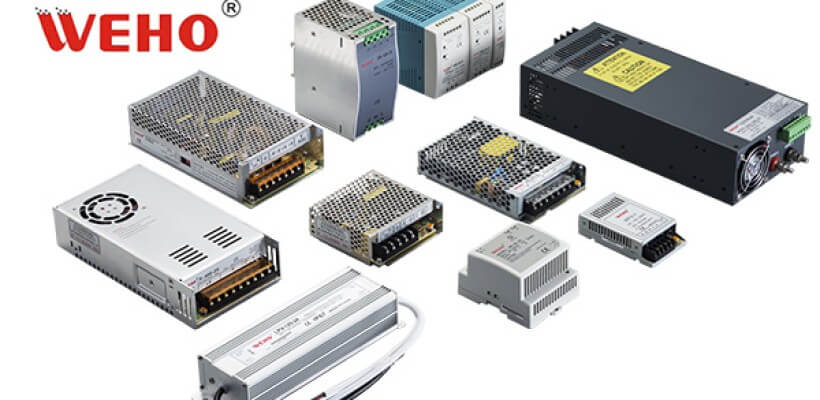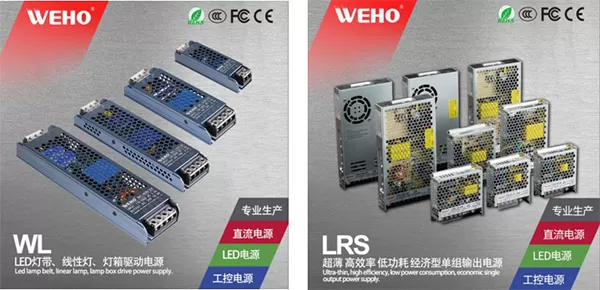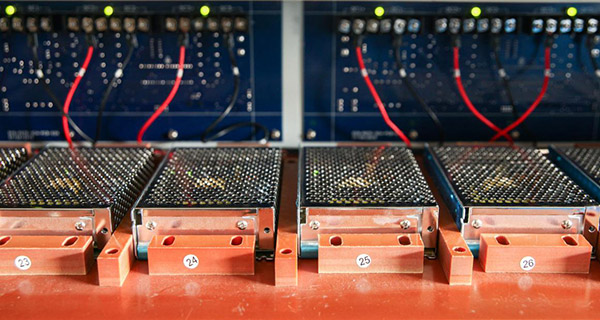Different types of switch-mode power supplies are available
There are mainly the following types of SMPS available on the market. Understanding the different types will enable us to choose the most suitable SMPS according to our specific needs.
Buck converter
A buck converter, also known as a step-down converter, is one of the most common types of SMPS. It converts higher input voltage to lower output voltage and is widely used in applications such as battery charging, voltage regulation, and LED lighting.
Boost converter
In contrast, a boost converter or step-up converter increases the output voltage above the input voltage. This type of SMPS is commonly used in applications such as powering high-intensity LEDs, USB charging ports, and automotive electronics.
Buck-boost converter
Buck-boost converter can flexibly regulate the output voltage, which can be higher or lower than the input voltage. It is typically used in applications where the input voltage is non-standard or needs to be adjusted to meet specific requirements.
Flyback converter
Flyback converters are a popular choice for low-power applications. It transfers energy to the output through a transformer and provides galvanic isolation, making it suitable for applications such as charging stations, smart home devices and low-power inverters.
Forward converter
Similar to the flyback converter, the forward converter also utilizes a transformer for energy transfer. However, it offers higher efficiency and power capacity, making it suitable for applications such as data centers, industrial equipment and high-power inverters.











